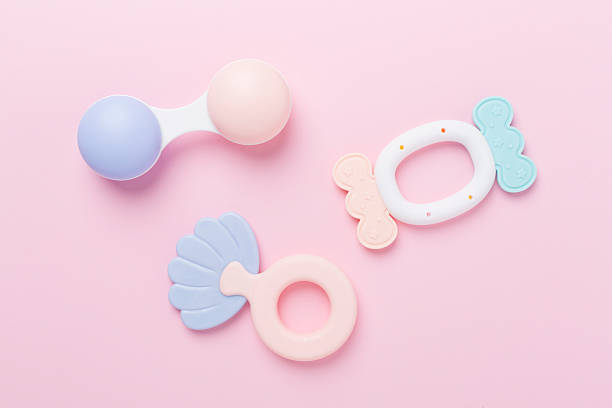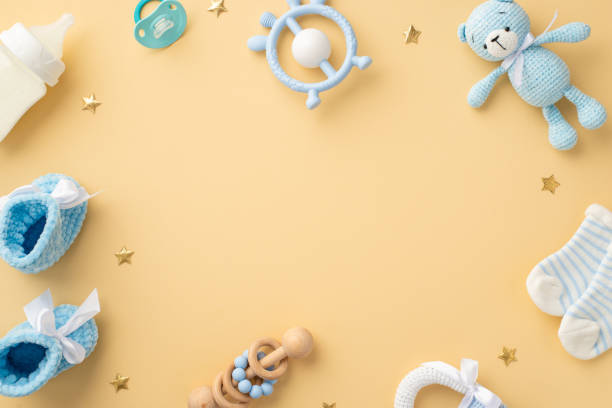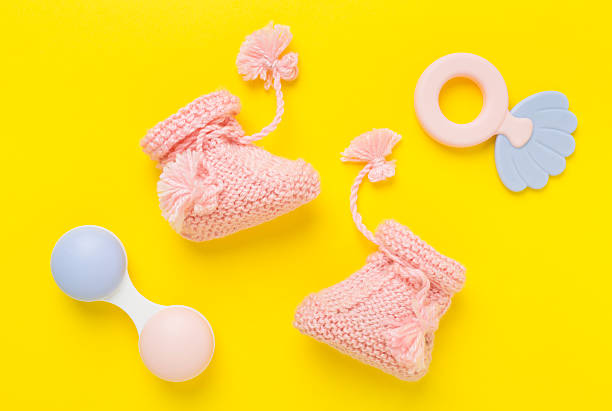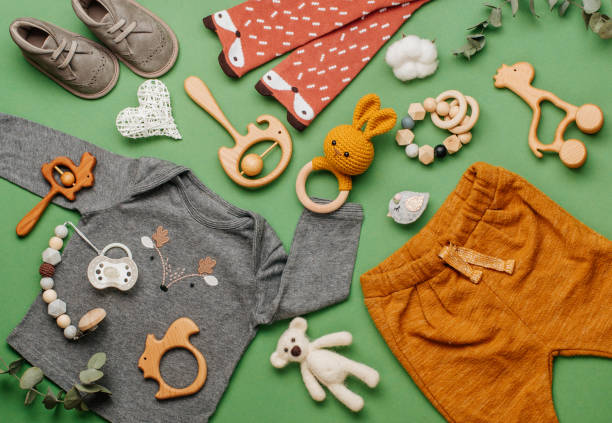From “chewing Behavior” To “human Chew Toys” Development Cognition
In recent years, the concept of “human chew toys” has been re-proposed. In the process of human development, “chewing” is not just an eating behavior. Have you noticed that children, and even adults, are always chewing things, such as pencils, collars, or even their own fingers? This behavior may seem strange or worrying, but it usually stems from the need for sensory input. It also has multiple functions such as regulating emotions, relieving stress, and stabilizing the nervous system. These specially designed human chew toys provide a safe and appropriate outlet for this chewing need. Especially in the fields of children, sensory processing disorders (SPD), autism spectrum disorders (ASD), and adult stress management.
Sensory chew toys are not only suitable for babies in the teething period, but they are also very useful tools for people of all ages who need oral sensory stimulation. This includes children and adults with sensory processing disorders, autism, ADHD, anxiety disorders, and more. These toys provide proprioceptive input through chewing, which can help with self-regulation, improve focus, and relieve anxiety.
Starting from the application needs of “human chew toys”, this article explores its unique value in children’s sensory development, autism assistance, and adult stress release, and focuses on analyzing the key issues and usage suggestions extended from keywords such as “sensory chew toys“, “children’s chew toys“, “toddler chew toys“, and “autism chew toys“.
The Scientific Basis Of Sensory Chew Toys And The Mechanism Of Chewing Optimization
Sensory chew toys are non-food items designed to meet the tactile and oral sensory needs of individuals.
Sensory Needs And Chew Toys Complement Each Other
To understand the value of sensory chew toys, we first need to understand sensory processing and the role chewing plays in it. Sensory processing refers to how our nervous system receives, interprets, and responds to sensory information from the environment and our bodies. Proprioception is particularly important in chewing. It involves sensory input to muscles and joints, providing information about body position and movement. Chewing activates the jaw muscles, provides proprioceptive feedback, and has a calming and organizing effect on the nervous system.
Bryher Hill notes in Helping Kids Shine that chewing can help individuals self-regulate, especially during times of stress or sensory overload. It helps focus attention, reduce anxiety, and manage sensory input. For many people with sensory processing disorders or autism, chewing is a natural and effective way to regulate. This insight suggests that sensory chew toys are not just toys, but therapeutic tools that can significantly impact an individual’s daily functioning and well-being.
Scientific Evidence Supports Its Chewing Optimization Mechanism:
- A 2014 study in the Journal of Autism and Developmental Disorders reported that regular use of oral sensory tools significantly reduced anxiety-driven behaviors in children with autism.
- The American Occupational Therapy Association (AOTA) highlights chew toys as effective tools for calming overstimulated nervous systems in children with sensory integration challenges.
- A 2021 Frontiers in Psychology paper linked chewing behavior to modulation of the hypothalamic-pituitary-adrenal (HPA) axis, suggesting chewing can naturally lower stress hormones like cortisol.

Chew Toys Support The Development Of Special Age Groups Children
The concept of children of a certain age needing chew toys is still relatively new to many parents, so when they see their children chewing on everything, they may ask: “Why does my child chew everything? Is it autism? What should I do?” Don’t worry, as long as you use sensory human chew toys for your children in a timely and abundant manner to help complete the sensory development transition from oral language to language, there won’t be much of a problem.
Toddlers & Preschoolers: Why Do They Need To “chew”?
The core uses of chew toys for toddlers and preschoolers include: reducing oral anxiety behaviors, promoting the coordinated development of language and swallowing muscles, and enhancing children’s acceptance of food taste and texture. In particular, some sensory toys with vibration sensing functions (vibration sensing chew toys) can stimulate children’s feedback mechanism when chewing, allowing them to better perceive their own chewing behavior and establish coordination between “mouth-brain-motor”.
Sensory Chew Toys Have Behavioral Implications For Autism And Powerful Medical Exploration
People with autism often have unique sensory processing needs, and chewing is one way to manage sensory input and relieve anxiety.
Sensory chew toys can provide a safe, appropriate outlet for this behavior, preventing damage to clothing, furniture, or even self-injury.
The definition of chewing tools in medicine: are they really “toys”?
Not at all. In clinical settings, they are often classified as oral sensory tools rather than simple toys. Occupational therapists use these tools during interventions for:
- Sensory overload
- Meltdown prevention
- Motor planning and oral coordination training
The term “autism chew toys” signifies a therapeutic function, not just recreational use.

Why Do Children with Autism Chew?
Chewing can be a form of self-regulation for children with autism. It helps manage overwhelming sensory input and provides a comforting repetitive action. Tools like silicone chew toys for autism and heavy-duty chewables are specially created for kids who need strong, consistent oral input.
When choosing a chew toy for someone with autism, consider the following:
- Durability: Make sure the toy can withstand the intensity of the user’s chewing.
- Sensory Properties: Some people prefer specific textures or shapes to provide appropriate sensory feedback.
- Discreetness: For older children and adults, a low-profile design can help with unobtrusive use.
Examples of chew toys that are suitable for people with autism include:
- Superman Chew Necklace: Fun design that children will love.
- Fabric Chew Necklace: Provides a safe alternative for children who like to chew on fabric.
Involve the user in the selection process whenever possible to ensure the chew toy meets their preferences.
Extended Exploration Of Chew Toys In The Adult Field
Adult version of “human chew toys”: inspiration from anxiety management
In recent years, the concept of adult sensory human chew toys has frequently appeared in the fields of psychological intervention, self-decompression, and workplace decompression tools. Especially among groups that are under long-term high pressure (such as customer service, teachers, and medical staff), human chew toys with unique flavors have also quietly become popular.
These products are usually made of herbal spices (such as lavender and lemongrass) and soft silicone. They are not only comfortable to chew, but also help relieve dry mouth and oral anxiety.
Do Human Chew Toys Really Relieve Anxiety?
Yes. A 2020 study published in Anxiety, Stress & Coping found that repetitive chewing movements can reduce sympathetic nervous system activity, leading to measurable decreases in anxiety symptoms. Chewing also increases saliva flow, which can combat dry mouth and stomach discomfort caused by stress.

Flavored Chew Toys – Open Up A New Dimension
For some users, adding flavors can enhance the sensory experience and make chew toys more appealing. Flavored human chew toys, like Chewy Stixx, enhance the sensory experience by offering flavors like citrus, mint, grape, or chocolate. These flavors can make chewing more appealing, especially for sensory seekers. Consider dietary restrictions or allergies when choosing flavored toys to ensure safety.
| Flavor | Example Product | Target Audience |
|---|---|---|
| Citrus | Chewy Stixx | Those who enjoy fresh tastes |
| Mint | Chewy Stixx | Users seeking a refreshing effect |
| Grape | Chewy Stixx | Those who prefer sweet flavors |
| Chocolate | Chewy Stixx | Individuals seeking comforting tastes |
Flavored chew toys are especially helpful for those who have flavor preferences or need extra encouragement to continue using their chew toys.
Age And Usage Recommendations – How To Use Chewing Tools Correctly At Different Stages?
At what age can children start using sensory chew toys? Toddlers often need chew toys to relieve teething discomfort and explore their surroundings through their mouths. Safe and appropriately sized chew toys are essential. As children grow, their chewing needs may continue or develop. Fun and aesthetically pleasing designs can make human chew toys more acceptable. For older users, low profile is key. Chew toys that look like everyday items or jewelry are more appropriate.
| Age Group | Recommended Chew Toys | Features |
|---|---|---|
| Toddlers | Tasty Tie, Molar Magician | Soft, clip-on, molar-focused |
| Preschoolers/Children | Superhero Chew Necklace, Chewy Stixx | Fun designs, textured, flavored |
| Teenagers/Adults | Chewth Pick, Write-n-Bite | Discreet, suitable for school/work |
By choosing age-appropriate chew toys, you can ensure that users feel comfortable and confident in satisfying their sensory needs.
Choosing the Right Sensory Human Chew Toy: Brands and Products
In order to meet the needs of different users, choosing the right sensory human chew toy requires considering a variety of factors to ensure that it meets the user’s specific needs and preferences. By considering these factors, you can find a sensory human chew toy that not only satisfies chewing needs, but is also safe and effective.
| Factor | Considerations | Examples |
|---|---|---|
| Age | Soft, graspable for infants; discreet for older users | Tasty Tie (infants), Write-n-Bite (adults) |
| Chewing Intensity | Match durability to chewing strength | ARK’s XXT series (heavy chewers) |
| Sensory Preferences | Texture, shape, size, flavor | Chewy Stixx (flavored), Krypto-Bite (textured) |
| Safety | Non-toxic, durable, safety clasps | FDA-compliant materials, breakaway clasps |
Expert Opinion and Scientific Support
The principles of integrative therapy support the use of sensory chew toys for humans. Developed by A. Jean Ayres, the therapy is designed to help people process and respond to sensory information more effectively. Sensory chew toys are recommended as part of a sensory diet to help people maintain a routine in their daily lives. Therefore, sensory human chew toys are not just a temporary measure, but an important part of managing sensory needs and improving overall functioning. Some experts are cautious. For example, Dr. Mary Barbera recommends using human chew toys as a short-term strategy and checking for underlying medical issues, such as high lead levels or nutritional imbalances.
Human Chew Toys – More Than Just “toys”
From children’s sensory regulation to adults’ psychological decompression, “human chew toys” are no longer exclusive or entertaining toys for children, but auxiliary adjustment tools across ages and needs. It combines sensory stimulation, behavioral therapy and psychological comfort, and is a health support carrier worthy of our re-examination. It can bring significant benefits to people with sensory needs, provide a safe and appropriate chewing outlet, help self-regulation, improve attention, and relieve anxiety.
Whether it is sensory integration disorder, autism intervention, or daily stress management, “chewing” can be a gentle and effective solution. When choosing a sensory chew toy, be sure to consider the user’s age, chewing intensity, sensory preferences, and safety needs. Exploring the world of sensory chew toys can bring you new possibilities for comfort and functionality.


